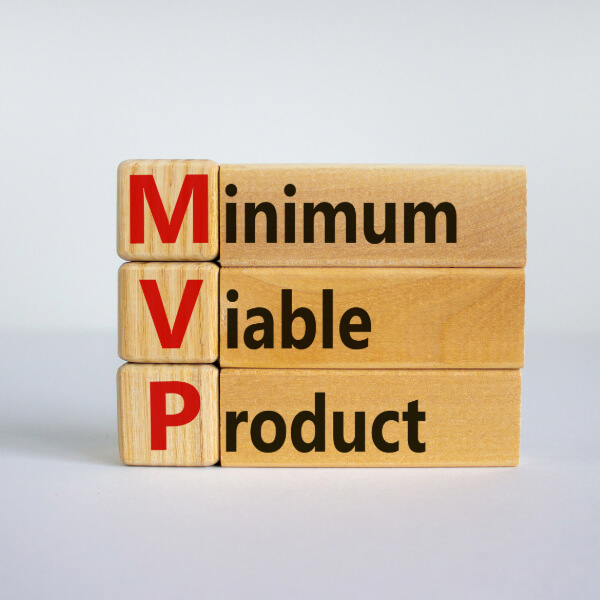In product development, MVP stands for Minimum Viable Product. It is a strategy or approach where a new product or feature is developed with the minimum set of features required to satisfy early customers and gather feedback for future iterations. The concept of MVP is commonly associated with the Lean Startup methodology and is aimed at reducing development time and resources while maximizing learning and validation of product assumptions.

Why create your MVP?
The key idea behind an MVP is to create a functional version of the product that can be released to a limited set of users or customers. This version typically includes core features that address the main problem or need of the target audience. By launching the MVP, the development team can quickly gather feedback, observe user behavior, and validate assumptions about the product’s value proposition. This MVP can be a mock up or fully functional prototype. One quick way to build a MVP can be to 3D Print it!
How to use your MVP
A MVP is used in several ways to support the product development process:
- Testing Assumptions: An MVP helps validate assumptions about the target market, customer needs, and product features. By releasing a simplified version of the product, you can gather real-world feedback and data to confirm or challenge your initial assumptions.
- Gathering User Feedback: The primary purpose of an MVP is to collect feedback from early users or customers. This feedback helps identify pain points, understand user behavior, and gather insights for product improvement. It provides valuable information for prioritizing features and making data-driven decisions.
- Iterative Development: An MVP serves as the starting point for an iterative development process. Based on the feedback received, you can make incremental updates and enhancements to the product. Each iteration brings the product closer to its desired state by incorporating user feedback and addressing identified shortcomings.
- Risk Mitigation: By launching an MVP, you can reduce the risk associated with developing a full-fledged product without any user validation. It allows you to test the market and assess the product’s viability before investing significant time, effort, and resources in its development.
- Speed to Market: Developing an MVP focuses on delivering a product quickly with essential features. This enables you to enter the market sooner and gain a competitive advantage. It allows you to start capturing user interest, generating early revenue, and building brand awareness while further developing the product.
- Cost Optimization: Building an MVP with a minimal feature set helps optimize development costs. By prioritizing only the core functionality, you can reduce development time and resources. This approach allows you to make informed decisions about which features to invest in, avoiding unnecessary development of features that may not be essential to the product’s success.
The feedback received from early users helps refine and improve the product in subsequent iterations. This iterative design process allows for a more customer-centric and data-driven approach to product development. It also minimizes the risk of investing significant resources in building a product that may not meet market needs or expectations.
The ultimate goal of an MVP is to learn from user feedback, iterate on the product based on that feedback, and gradually build a more complete and refined product that aligns with the market demands and user preferences.
Overall, an MVP is a strategic tool used to validate product assumptions, gather user feedback, and iterate on the product based on real-world insights. It helps in reducing risks, optimizing costs, and accelerating the product’s time to market.
Contact us to learn how to build your MVP!
______
Developing Ideas From Concept To Product®
3D Innovations is a Product Development Company – from the 3D Design to a fully functional 3D Prototype & Product.
Connect with us on Twitter, Facebook, Instagram, & LinkedIn today.

